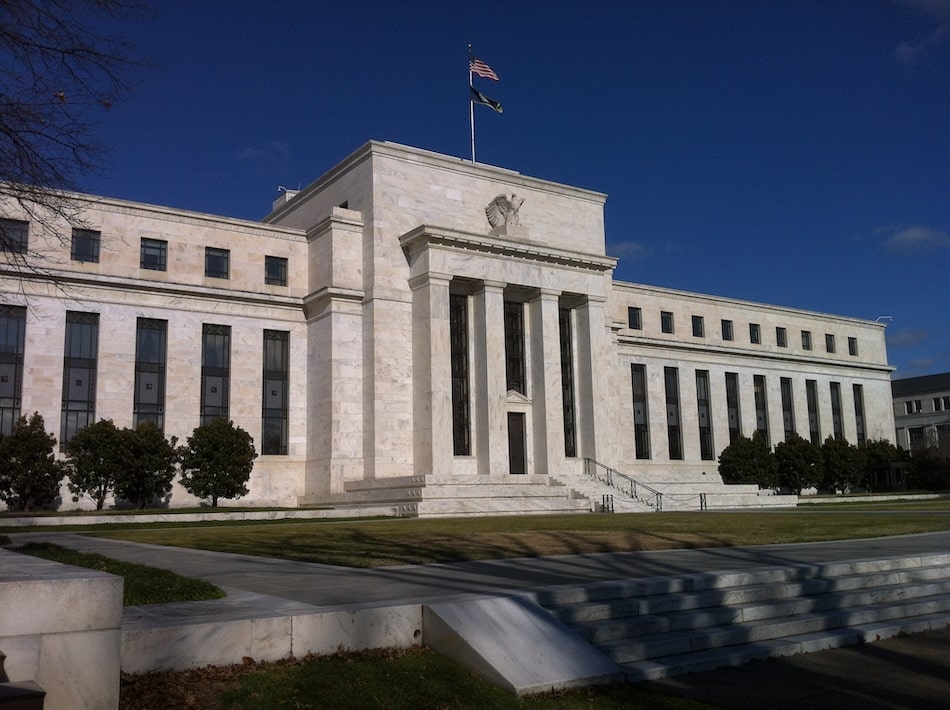
Morgan Stanley now anticipates that the Federal Reserve will initiate interest rate reductions as soon as September, a shift attributed to recent comments from Fed Chair Jerome Powell at the Jackson Hole symposium.
Outlook for rate cuts
According to Morgan Stanley analysts, Powell has shown increased concern about labor market risks and signaled a tilt toward rate cuts for risk management.
The bank projects a 25 basis point cut in September, followed by another 25 basis point reduction in December.
Gradual easing through 2026
Morgan Stanley expects the Federal Open Market Committee to continue with quarterly cuts of 25 basis points, reaching a terminal rate of 2.75-3.0% by the end of 2026.
This revised forecast contrasts with the prior expectation that the Fed would hold rates steady until March 2026 before reducing the policy rate to a range of 2.50-2.75% by year-end.
Uncertainty remains
Despite the new outlook, the firm cautions that a September rate cut is not guaranteed.
The analysts noted that strong payroll data in August or a renewed uptick in tariff-related inflation could prompt the Fed to delay action.
A larger initial cut would likely require significant payroll declines, and there may be dissents at the upcoming meeting.
Policy approach and labor market focus
Morgan Stanley stated:
“The net effect of our change in the Fed’s policy path is fairly minor. We project the Fed to cut sooner, but finish its cutting cycle about where we had forecasted previously. On net, we have 25bp fewer rate cuts now than before. A Fed that cuts sooner may cut less.”
The note also highlights a change in the Fed’s approach, with policymakers placing more emphasis on downside labor market risks, even as inflation is expected to remain above the 2% target into year-end.



